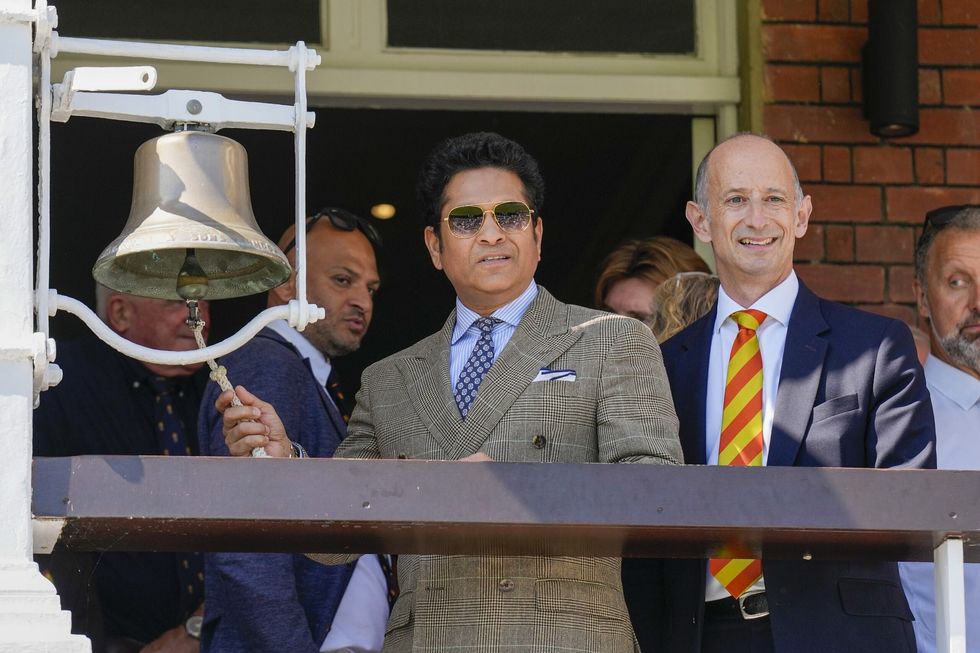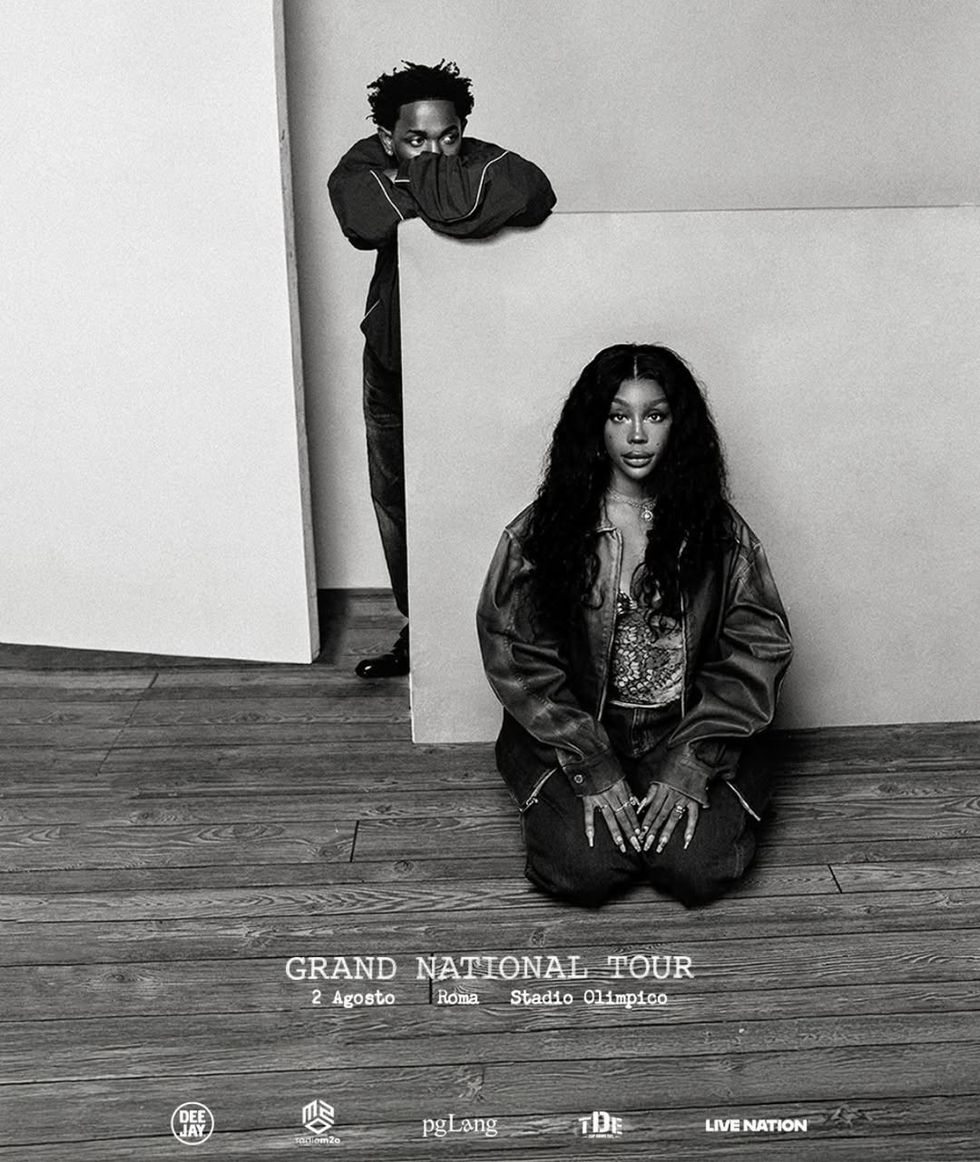MINISTERS have failed ethnic minority communities over tackling health inequalities, public health minister Andrew Gwynne told Eastern Eye as he promised the new Labour government will make more of an effort to engage with such groups.
His comments came as he attended an event in London last Sunday (8), when he and senior NHS leaders heard suggestions from members of the public on improving the health service.
The government has launched a ‘10-year health plan’ to get the NHS back on its feet and address disparities among patient groups.
Gwynne told Eastern Eye on Monday (9), “We need to break down barriers, whether those are cultural or linguistic, so that there is full opportunity for everyone to access health service.
He added, “I have said to officials in the Department of Health (and Social Care) that I do not accept the term ‘hard to reach’ communities.
“They’re only hard to reach because we have not tried hard enough. We have to do better at reaching out… and making sure that people have the right advice on healthcare and have access to services.” An NHS Race and Health Observatory review found racial discrimination, barriers to access healthcare and inadequate data collection all “negatively impacted” the health of the black, Asian and minority ethnic people in England.
Ethnic inequalities in health outcomes are “evident at every stage throughout the life course, from birth to death”, the survey found Gwynne revealed how he has seen first-hand the level of health inequalities among south Asians in Gorton and Denton, which he represents in parliament.
“My constituency boundaries in Manchester changed massively at the (July) general election. I went from having a constituency that was 98 per cent white, to one with very substantial Pakistani, Bangladeshi and Indian communities,” he told Eastern Eye.
“I have seen first-hand just how stark these inequalities are. Longsight and Levenshulme (areas in Manchester) have some of the worst inequalities I have ever seen in the 20 years I’ve been a member of parliament. “I feel an obligation to try and do my bit while I’m the minister for public health to really focus in on the health inequalities in the south Asian communities, not just the ones I represent, but across the country, because the ones I represent are very similar to south Asian communities in every town and city.”
Health inequalities among various ethnic groups were laid bare during the Covid pandemic, as these groups experienced higher infection and mortality rates than the general population.
The NHS Race and Health Observatory also highlighted ethnic inequalities in mental health care, maternal and neonatal health care, and the NHS workforce.
Rates of infant and maternal mortality, cardiovascular disease (CVD) and diabetes are all higher among black and south Asian groups than white Britons.
Gwynne said Labour was “serious about driving down these inequalities” as part of its 10-year health plan.
“On this 10-year plan consultation, we absolutely need more voices from the south Asian community, and that’s why people need to give us their ideas and make sure that their voices are heard in this process,” said Gwynne.
At the nationwide series of public events, members of the public are encouraged to share their experiences of the NHS and offer their suggestions to improve the health service.
Gwynne attended public sessions in Leicester last month and in London last Sunday (8), where he was joined by NHS England chair, Richard Meddings.
More than 100 people from across the city attended and discussed, among other issues, NHS waiting lists.
The latest available data shows a waiting list of more than 1.2 million in the London commissioning region – of these, 34,000 have waited more than a year.
More than 38,000 patients waited longer than four weeks for a GP appointment in the London region, while in the Midlands, 1.4 million were on the NHS waiting list, with nearly 50,000 experiencing delays of longer than 12 months.
As of September this year, 100,000 patients were unable to get a GP appointment in the Midlands for more than four weeks. And 15,000 patients waited more than four weeks for a GP appointment at NHS Leicester, Leicestershire and Rutland ICB.
Gwynne conceded not many south Asians attended the recent events. The minister also noted the lack of feedback from Asian groups on the NHS’s digital platform, change.nhs.uk, asking for people’s thoughts on healthcare.
“The way the audiences are picked is that it is proportionate to the number of people who have responded online from a cross section of the whole community,” he told Eastern Eye.
“The problem we have had is the pool we’ve been drawing from – the south Asian communities – has been small, because the responses have been small.”
He added: “At all the regional consultation events, there were a good number of people from the black and minority ethnic communities. It’s just we could do with more.
“It is noticeable we haven’t had as many responses on the portal from the British south Asian communities. If we could encourage people to go online so that the voices of British Indians, British Pakistanis, British Bangladeshis and so on are factored into the 10-year plan.
“It’s crucial as part of our drive to tackle these health inequalities across England.” Gwynne suggested there were talks to create specific plans to improve reach among south Asian communities based on conditions that they are disproportionally affected by, such as diabetes.
He said, “I’ll give you an example. On the NHS health checks, one of the largest at-risk groups for cardiovascular disease are white men over the age of 40. I’m a white man over the age of 40 – I fall into this demographic. My arm could be hanging off and for a variety of reasons, I would still not go to see the doctor.
“You have to ensure you plan services that meet the needs of people who don’t automatically go to the doctors, don’t go to seek medical help. “We have got to be better at the NHS at reaching out into those communities with culturally and linguistically appropriate outreach so we can get people the medical care they need,”
The public engagement exercise will help shape the government’s 10-year health plan, which will be published in spring 2025. Ministers want to implement three changes in healthcare – hospital to community; analogue to digital; and sickness to prevention
Under the first shift from ‘hospital to community’, the government wants to deliver plans for new neighbourhood health centres closer to homes and communities. These will enable patients to see family doctors, district nurses, care workers, physiotherapists, health visitors or mental health specialists, under one roof.
Ministers also wants to modernise the NHS by bringing together a single patient record, summarising patient health information, test results and letters in one place, through the NHS App.
And by moving from sickness to prevention, the government wants to shorten the amount of time that people spend in poor health and prevent illnesses before they happen.
n Change.nhs.uk has received over one million visits. It will be live until spring 2025 and is available via th
Pharmacists ‘key to delivering community care’
THE public health minister Andrew Gwynne told Eastern Eye one of the government’s priorities in the 10-year NHS plan was to get “more treatment out of hospital and in the community closer to where people live”, writes Sarwar Alam.
Community pharmacies are a key part of primary care and are often the first point of contact for people in need of healthcare. British Asians make up a large contingent of community pharmacists.
Of the 51,184 pharmacists in England, 43.6 per cent are from an Asian or Asian British background, according to the General Pharmaceutical Council. However, pharmacies have been decimated by a lack of funding, with around 700 shutting in England over the last two years and 1,250 in the last decade.
“As a new government, we’re very aware of the challenges that are being faced in the pharmacy sector. This government is committed to investing in our pharmacies. We want to make sure that more services will be available in pharmacies,” said Gwynne.
The pharmacy sector has been working without a funding contract since the last one ended in April, and though it is believed negotiations are ongoing, no date for a new contract has yet been announced.
The uncertainty has led to pharmacists considering taking industrial action in the new year to bring to the public’s attention what has been described as the “slow death of community pharmacy” by the National Pharmacy Association.
“Pharmacies are part of the solution to fixing the NHS, and certainly that big shift from hospital to primary care – community pharmacy has a massive role to play,” Gwynne said.
“My colleagues Stephen Kinnock (pharmacy minister) and Wes Streeting (health secretary) are working really hard to get proposals that will work for the pharmacy sector so that we stem the closures, we invest in community settings, and we give pharmacy extra business through doing things they can do better than other parts of the NHS.
“Pharmacists know their customers, they know their needs, and they can tailor public health services for them, whether it’s weight management, whether it’s sexual health services. They are best placed to deliver a whole variety of services that either they currently do but not enough of, or they don’t do at all.”






 (Photo credit: PTI)
(Photo credit: PTI)










 Kendrick Lamar and SZA commands the stage at Villa Park during his explosive opening setInstagram/
Kendrick Lamar and SZA commands the stage at Villa Park during his explosive opening setInstagram/
